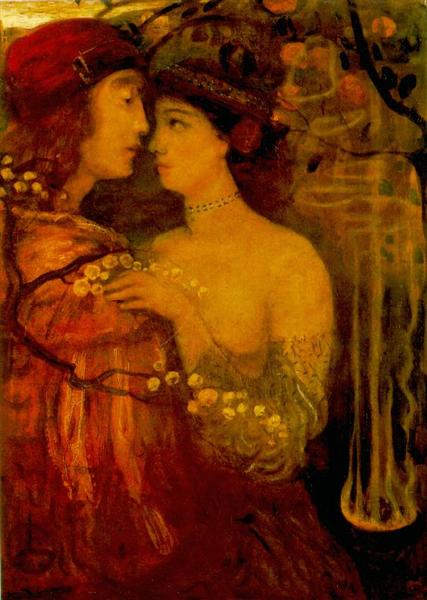Description
Henri Matisse, an eminent figure in the history of modern art, presents us with "Landscape of Corsica," an impressive window into his early vision and his affinity for color and form. Painted in 1898, this work captures the exuberance and vibrancy of the Corsican landscape and is a remarkable testament to Matisse's evolution as an artist.
Meticulously observing "Landscape of Corsica," one can notice the artist's choice of colors, which proves to be fundamental in constructing the atmosphere of the work. The composition of the painting is dominated by a bright blue sky that radiates serenity, wonderfully contrasting with the intense greens and warm earth tones that make up the terrain. The various shades of green and the rich earthy palette are distinctive features of Matisse, reflecting his growing interest in the expressive capacity of color that would later define his career.
The trees and vegetation, represented with a mix of freedom and precision, visually lead us through the painting, guiding us towards a small building that timidly emerges among the nature. The structure, solitary and almost hidden, adds a point of interest, a pause in the vastness of the landscape, suggesting serenity and solitude.
One of the most intriguing aspects of this work is the way Matisse handles perspective and depth. The painting does not seek photographic realism; instead, the artist's focus is on the arrangement of color blocks that create a sense of space and distance. This technique foreshadows his eventual break with mimetic representations and his transition towards Fauvism, where color becomes the main bearer of emotion.
In "Landscape of Corsica," there are no human figures. This absence of human presence highlights the majestic strength of nature and the intrinsic connection Matisse felt with the natural environment. The landscape breathes, has a life of its own, and we are invited to contemplate it without anthropocentric distractions.
This work should be considered in the broader context of Matisse's artistic journey. While he would later be known for his boldly Fauvist works, characterized by exaggerated colors and loose brushstrokes, "Landscape of Corsica" represents a point of maturation and exploration. The influence of the Impressionists is evident, especially in the choice of colors and natural light, as well as a clear intention to experiment with perception and emotion.
It is evident that "Landscape of Corsica" is an early example of Matisse's gift for capturing the essence of a place through color and simplified composition. The deceptive simplicity of the work hides an emotional depth that turns the landscape into an almost tangible experience, allowing us to feel the warmth of the sun, the freshness of the vegetation, and the peace of the environment.
In summary, "Landscape of Corsica" is more than a simple visual representation; it is an explosion of feelings and sensations, a celebration of the natural world, and a testament to Matisse's burgeoning mastery on his path to redefining modern art.





